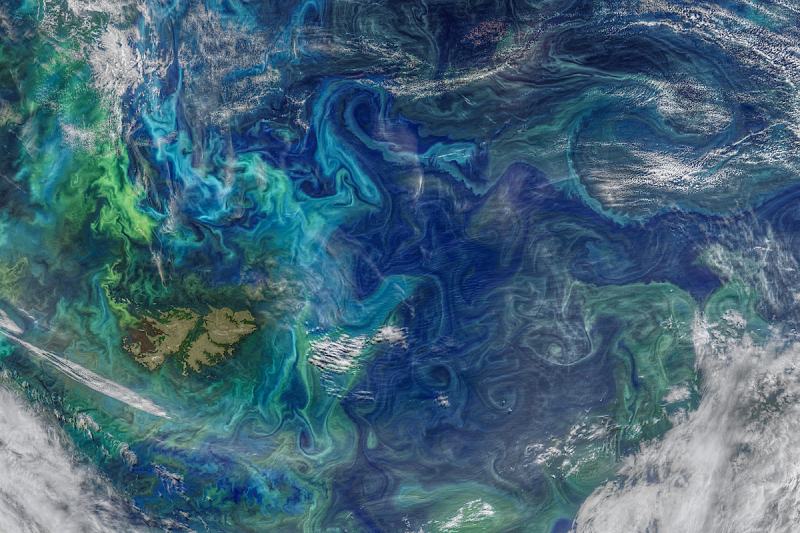Finding: Ocean Underneath Earth’s Crust Exposes

There is a vast ocean beneath the Earth’s crust, while the planet’s surface harbors a different environment.
Results indicate that there is another water reservoir between 410 and 660 kilometers below the Earth’s surface. According to scientists, all of the water on Earth is involved in the water cycle, moving back and forth between the seas, surface waters, and atmosphere.
The Cycle of Deep Water
Water spreads deep into Earth because adjacent tectonic plates of crust have subducts, or slides, beneath the ocean’s crust.
Researchers have discovered subducts that carry water that sink into the Earth’s mantle. These subducts were discovered when seismometers monitoring earthquakes detected shockwaves beneath the surface of the planet. They used a combination of high-pressure and temperature melting tests, geodynamic models, and seismological measurements to arrive at this conclusion.
In addition, scientists discovered that something was wrong with what they once believed to be solid rock. It turns out that beneath the Earth’s crust, surface water and the ocean interact. Water passes across this massive water reservoir, which is the mantle transition zone.
Water in a Different State Beneath the Earth’s Crust
Water is taken up by a mineral beneath the crust and then returns to the surface. It can emerge from underwater volcanoes, pass through magma, or arise from the shifting of tectonic plates.
Ringwoodite, a magnesium silicate mineral formed under extreme pressure, is the name of the mantle rock. This mineral was found beneath the surface of the Earth recently, as well as on a meteorite in the 1960s.
It is a plastic mineral that modifies its structure due to its mobility. It is essential to the dynamics of the mantle. Its crystals contain water in a condition akin to a sponge that is neither solid, liquid, or gas.
Using an underwater robot to move over volcanic crust on the Pacific Ocean’s bottom some 2,500 meters below sea level, scientists have unearthed a whole new ecosystem beneath the surface. Snails, worms, and chemosynthetic bacteria can all be found in previously unimaginable locations.
The ringwoodite “is like a sponge, soaking up water,” according to geophysicist Steve Jacobsen. “There is something very special about the crystal structure of ringwoodite that allows it to attract hydrogen and trap water.”
This mineral has the ability to absorb a lot of water at particularly high rates. It would nevertheless contain more water than all of the Earth’s oceans put together, even if it just made up 1% of the compound (water).
This and other recent discoveries demonstrate how little is truly known about our planet at this time. The ocean continues to unveil its secrets, just as it has in the past.